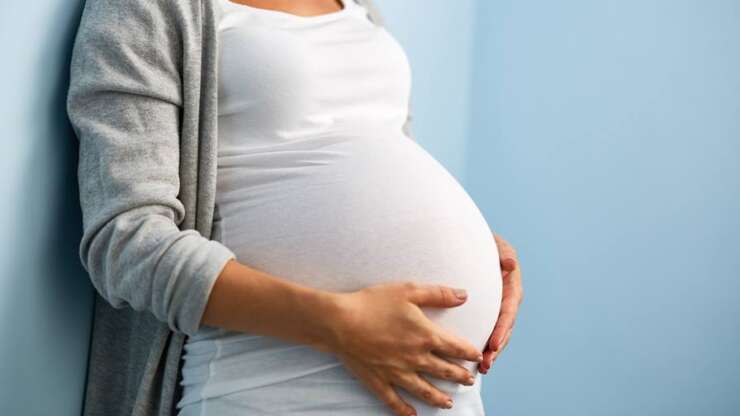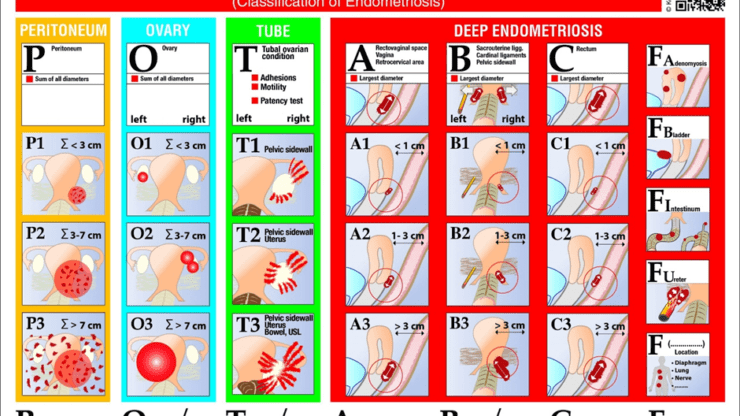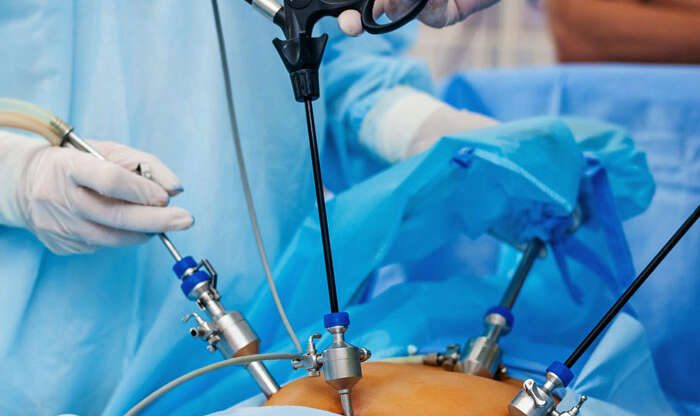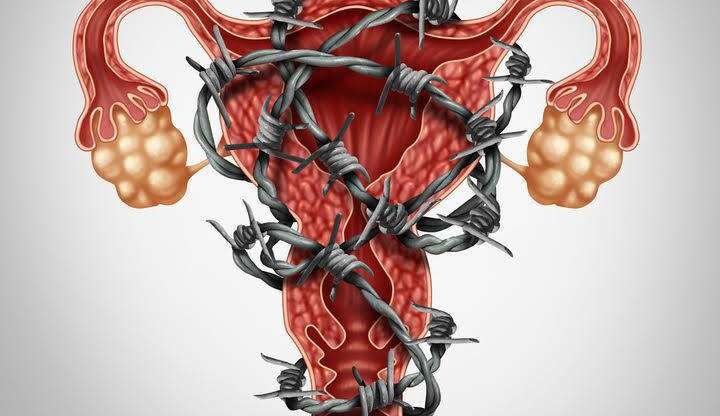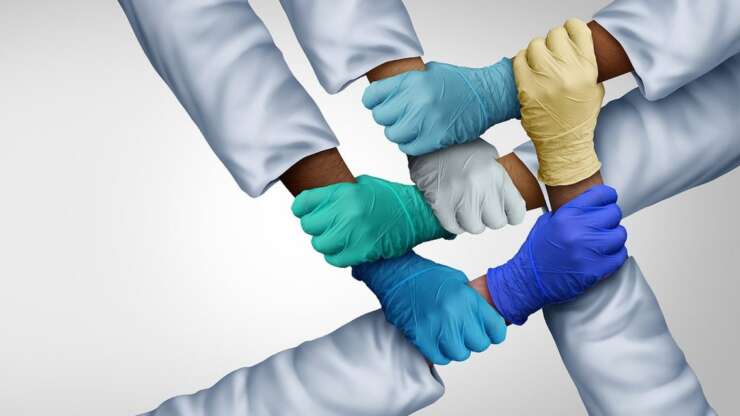We have seen that endometriosis is associated with infertility. What is more, we know that the symptoms of the disease, typically, improve during pregnancy. Is the disease, however, associated with direct effects on the pregnancy itself? Unfortunately, in the literature, there is a paucity of high-quality data answering this topic clearly. Τhere have been rare case reports of serious complications…
